I'm reading a paper by Guillermo Serrano and Paul Hasler, A Precision Low-TC Wide-range CMOS Current Reference, IEEE JSSC Vol 43, no 2, Feb 2008. Link to paper - requires subscription to IEEE Xplore to acces
In this paper they use the temperature coefficient of a MOSFET to cancel out the temperature coefficient of a resistor.
I understand the temperature coefficient of a poly resistor: As temperature goes up, the amount of electrons in the conduction band increases as the bandgap decreases. Hence there are more charge carriers, causing more current to flow at lower voltages. (so a higher conductivity or lower resistance).
What I'm confused about is the temperature coefficient of a MOSFET. From what I know, the mosfet actually has a shift in temperature coefficient - at high gate-source voltages it has a positive temperature coeficient, at low gate-source voltages it has a negative temperature coefficient. This negative tempco is what causes thermal runaway to occur. Plotted on a graph, this looks something like this (from an ON Semi appnote - AND8199

But what physical properties underly this temperature coefficient? What I have been able to come up with is that as temperature rises, the valance band will go up. As a result, more potential is needed to enter inversion. As less electrons are formed in the inversion later (or holes, depending on the substrate doping) there is less to conduct, and thus the current decreases. Is this correct? What about the negative tempco at low Vgs? Can anyone explain?